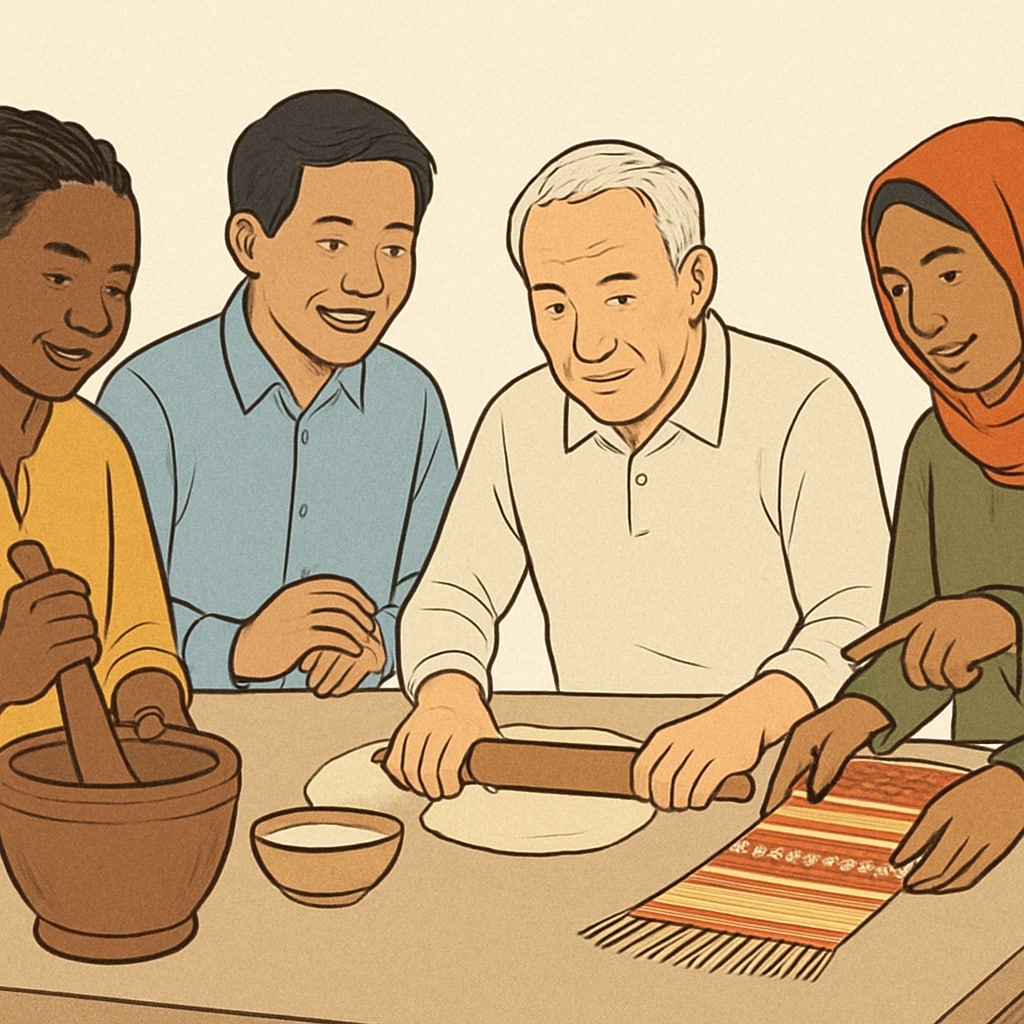Adult education, cultural adaptation, and foundational knowledge are vital components for immigrants seeking to integrate into Western societies. For many adult immigrants, navigating cultural differences can be an overwhelming challenge. In cities like New York, a hub for global diversity, the need for accessible and effective cultural education resources is undeniable. This article examines the programs available for adult immigrants in New York City, the value of cultural adaptation education, and practical strategies for fostering a sense of belonging in a new environment.
The Importance of Cultural Education for Adult Immigrants
Adjusting to life in a new country involves more than just learning the language. Cultural education provides the foundational knowledge needed to understand societal norms, values, and expectations. For adult immigrants, this knowledge is crucial for navigating day-to-day interactions, employment opportunities, and community engagement. Without it, feelings of isolation and misunderstanding can hinder the integration process.
For example, many adult education programs in New York City incorporate lessons on workplace etiquette, social customs, and legal rights. Organizations like the New York City Mayor’s Office of Immigrant Affairs offer workshops and resources tailored to the needs of diverse cultural groups. These initiatives play a significant role in equipping immigrants with the tools they need for success.

Practical Strategies for Cultural Adaptation
To help adult immigrants thrive, cultural education must be both practical and relatable. Programs should focus on real-world scenarios, enabling participants to apply their learning in everyday situations. Some effective strategies include:
- Interactive Workshops: Role-playing and group discussions foster active participation and help learners practice social interactions.
- Community-Based Learning: Partnering with local organizations allows immigrants to connect with their neighborhoods while gaining cultural insights.
- Language Support: Combining language education with cultural lessons ensures that learners can communicate effectively while understanding context-specific nuances.
For instance, programs like those offered by the Cultural Adaptation Network emphasize experiential learning, enabling participants to navigate new environments with confidence.

Fostering a Sense of Belonging
One of the key goals of cultural education is to promote a sense of belonging. When immigrants feel connected to their new environment, they are more likely to actively participate in their communities and contribute to society. This connection can be fostered through:
- Mentorship Programs: Pairing newcomers with mentors who understand both cultures helps bridge gaps and build trust.
- Cultural Exchange Events: Celebrating diversity through events that showcase food, art, and traditions fosters mutual understanding.
- Support Networks: Providing access to groups where immigrants can share their experiences and challenges creates a supportive community.
Ultimately, cultural adaptation is a two-way process. Both immigrants and host communities benefit when there is mutual respect and a willingness to learn from one another. By prioritizing cultural education, cities like New York set an example of inclusivity and empowerment.
As adult immigrants navigate the complexities of integration, programs that focus on cultural education, adaptation, and foundational knowledge serve as invaluable tools. These initiatives not only ease the transition process but also contribute to the richness of diverse societies.
Readability guidance: This article uses concise paragraphs, clear transitions, and lists to highlight key strategies. Overly long sentences and passive constructions are minimized to maintain clarity and engagement.


